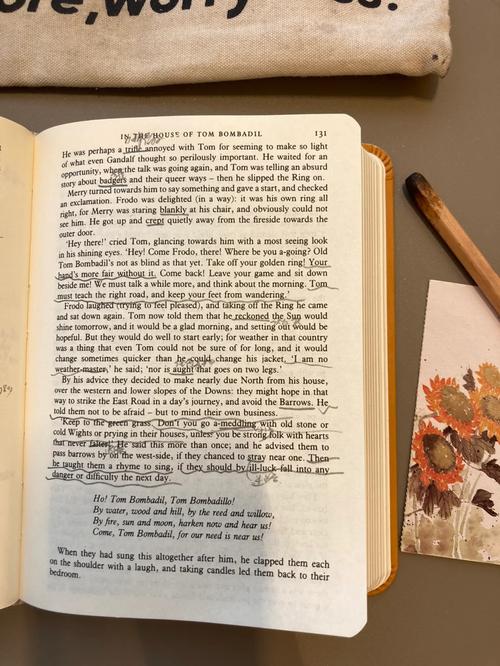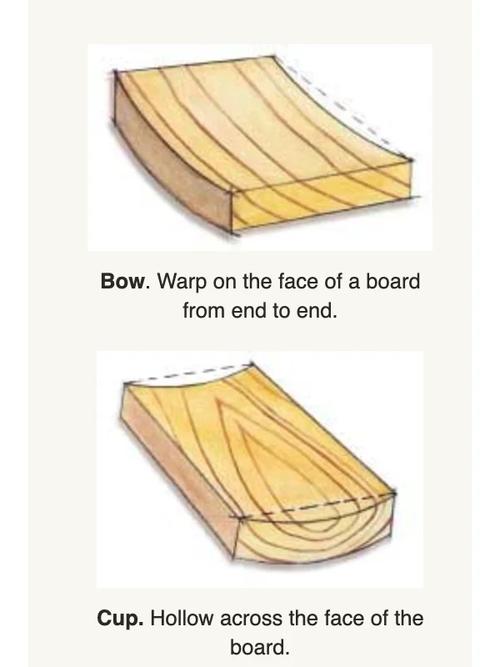Behold the Wood of the Cross
The cross, an enduring symbol of Christianity, has been a source of inspiration, contemplation, and reverence for millions around the world. At its heart lies the wood, a humble material that has become a sacred vessel of faith. Let us delve into the rich history, symbolism, and significance of the wood of the cross.
Historical Context
The cross is believed to have been made from a single piece of wood, possibly a tree from the region of Jerusalem. The exact type of wood is a matter of debate among scholars, but some suggest it could have been olive, cypress, or oak. The historical context of the cross is deeply rooted in the crucifixion of Jesus Christ, a pivotal event in Christian theology.

Symbolism
The wood of the cross carries profound symbolism within the Christian faith. It represents the suffering and sacrifice of Jesus Christ for the redemption of humanity. The cross itself symbolizes the victory over sin and death, as well as the love and grace of God. The wood, as a natural element, also signifies the connection between God and creation.
Architectural Significance
The use of wood in the construction of crosses has a long history. In early Christianity, crosses were often made from wood due to its availability and symbolic significance. Over time, the architectural style of crosses evolved, with variations in design and craftsmanship. The use of wood in crosses has continued to be a popular choice, as seen in the many wooden crosses found in churches and homes around the world.
Religious Practices
The wood of the cross plays a significant role in various religious practices. In some denominations, crosses are used in liturgical ceremonies, such as baptism and communion. The cross is also a focal point for prayer and meditation, as believers reflect on the life and sacrifice of Jesus Christ. The wood itself serves as a reminder of the divine presence and the transformative power of faith.
Cultural Impact
The cross has had a profound impact on culture, art, and society. It is a common motif in Christian art, from the earliest icons to the modern-day sculptures. The cross has also influenced literature, music, and film, serving as a powerful symbol of hope, love, and redemption. The wood of the cross, as the foundation of this symbol, has become an integral part of the cultural heritage of countless individuals and communities.

Contemporary Interpretations
In today’s world, the wood of the cross continues to inspire and challenge believers. Contemporary interpretations of the cross often focus on themes of social justice, peace, and reconciliation. The cross is used as a symbol of solidarity with those who suffer and as a call to action for those who seek to make a difference in the world. The wood of the cross remains a powerful reminder of the transformative power of love and sacrifice.
Preservation and Veneration
The wood of the cross is often preserved and venerated by believers. In some cases, fragments of the original cross are kept in churches and religious institutions. These relics are revered for their historical and spiritual significance. The wood itself is often treated with care, as a symbol of the sacredness of life and the enduring legacy of Jesus Christ.
Conclusion
The wood of the cross is a humble yet powerful symbol of faith, hope, and love. Its rich history, symbolism, and significance continue to resonate with millions around the world. As we behold the wood of the cross, we are reminded of the transformative power of Jesus Christ and the enduring legacy of his sacrifice.
